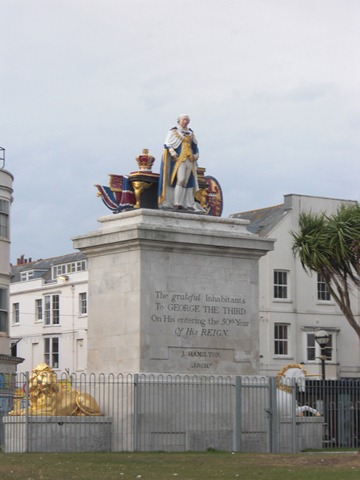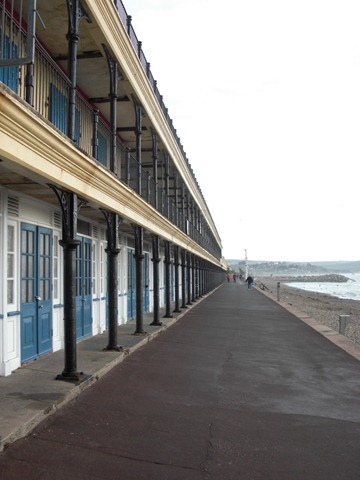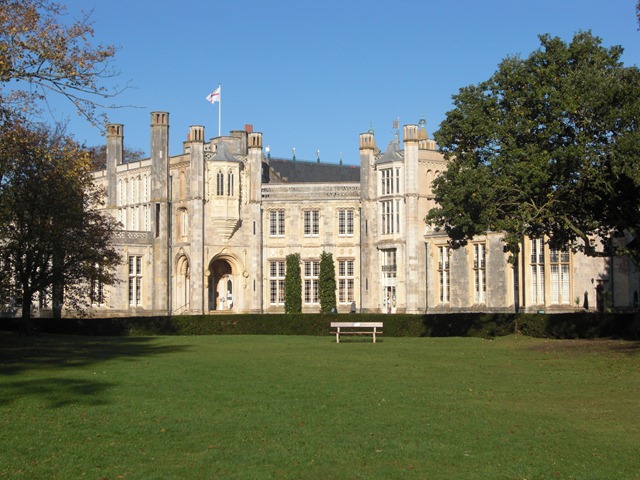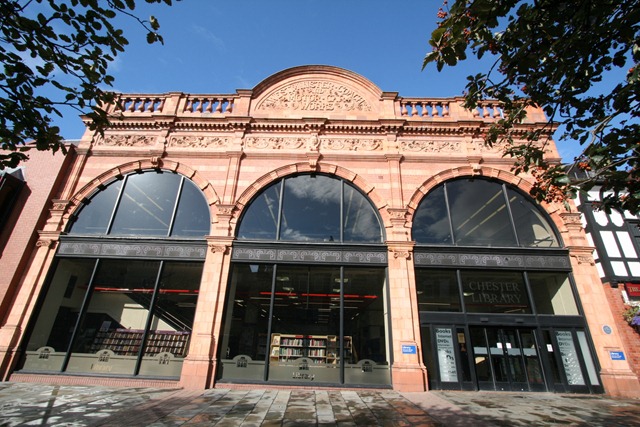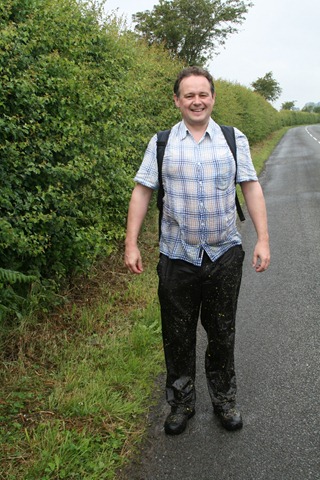 In a change from usual service we went to the Yorkshire Dales rather than the Lake District for our summer holiday, this is the land of my father – whose family lived, and still live for the most part around the southern edge of the Dales. We stayed in a cottage in Reeth (2, Nurse Cherry’s Cottages), recently built but in the old style. The advantage of this are that it’s spacious and the plumbing was not added as an afterthought. I think the cottage was advertised as sleeping up to four people, with two bathrooms and a downstairs toilet it would take 6 pretty comfortably. We are only two, so had plenty of room. We arrived in a downpour but for the rest of the week the weather was pretty good. Reeth is a small village which was once a centre for mining and farming but now is a centre for tourism – lying in the Yorkshire Dales and on the coast to coast path. It’s dominated by a large central green, although there are older buildings many are quite modern but built in the same style as the older, using the local stone.
In a change from usual service we went to the Yorkshire Dales rather than the Lake District for our summer holiday, this is the land of my father – whose family lived, and still live for the most part around the southern edge of the Dales. We stayed in a cottage in Reeth (2, Nurse Cherry’s Cottages), recently built but in the old style. The advantage of this are that it’s spacious and the plumbing was not added as an afterthought. I think the cottage was advertised as sleeping up to four people, with two bathrooms and a downstairs toilet it would take 6 pretty comfortably. We are only two, so had plenty of room. We arrived in a downpour but for the rest of the week the weather was pretty good. Reeth is a small village which was once a centre for mining and farming but now is a centre for tourism – lying in the Yorkshire Dales and on the coast to coast path. It’s dominated by a large central green, although there are older buildings many are quite modern but built in the same style as the older, using the local stone.
Day 1
A pleasant walk up Arkengarthdale to Langthwaite, and back along Fremington Edge Top. The walk outwards is through pasture and many narrow styles in stone walls with little gates to prevent sheep escaping. Shortly before Langthwaite there is a footbridge across the river which takes you to a short walk through woodland before climbing up through old lead mine workings up onto Fremington Edge Top. We took the route which avoided the hamlet of Booze, considering that it was so small that it was unlikely to have a good quality sign to picture ourselves besides. Nearby is Blea Barf, and at the top of the valley on the road over into Hawse is Lovely Seat, one can’t help thinking that when the Ordnance Survey visited the locals had some fun.
The walk along Fremington Edge Top is dead straight along the side of the wall. I wonder whether these walls date to the time of the old iron fence posts in the Lake District – perhaps relating to some Enclosures Act. The wall runs along the edge of wild moorland to the north and after a pleasant, if not a little windswept walk you drop back down towards Reeth.

Reeth viewed from Fremington Edge
Day 2
A route from The Green Book starting at Gunnerside, heading to Muker then up Upper Swaledale towards Keld and then back towards Muker via the Pennine Way and so along the river back to Gunnerside. Highpoints were the waterfalls at the foot of Swinner Gill and Kisdon Force. Photographers will know there is a knack to photographing waterfalls such that the water appears milky rather than frozen in time by a short exposure. The problem is this requires long exposures (about 1/2 second) and this is a bit tricky to do without a tripod – a handy rock or handrail must suffice instead. Crackpot Hall was also interesting, the term Hall is rather grandiose but the views down Swaledale were spectacular. Much birdlife to be seen including a greater spotted woodpecker, dipper, spotted flycatcher, grey wagtail, plover – no photos of these since that requires patience, speedy reactions and so forth. Lapwings all over the place.

Kisdon Force
Day 3
A more restful day today: we headed down to Harrogate and the RHS Harlow Carr garden. This is horticulture, so I’ll leave the details to The Inelegant Gardener. It’s a fairly lengthy drive down to Harrogate from Reeth – a little under an hour and a half. My abiding memory will be of coffee and Fat Rascal in Betty’s Tea Rooms, attached to the gardens but not providing a route in or out. After a morning at Harlow Carr we headed back home via Richmond: a rather smart little town on a steep hillside with a huge castle (and more waterfalls). The Market Square would be spectacular if it weren’t for a flotsam of cars which spoil any photo. Sharon and I both seem to suffer from a list which prevents the photography of buildings without post-processing. A balanced diet today of Fat Rascal, sausage roll and icecream, available from the icecream shop in Reeth a mere 100 yards from our door (via shortcut).

Richmond Castle
Day 4
Back to walking, this time one of my own devising. Starting from Gunnerside we headed up Gunnerside Beck until we reached the lead workings at Melbecks Moor. There a several sets of ruined buildings and mine tailings as you head up the valley. After climbing up through the surface workings we got onto the moor top where were visible grouse, grouse grit stations (where they can pick up grit for their gizzards) and grouse butts from where they can be shot at. You have to get pretty close to grouse before they break cover. Finally, we dropped down into the valley where we got a little lost (and quite badly nettled) trying to find the path through Rowleth Wood. Once on the path through the wood, which is narrow and overgrown, we were further nettled and as I write now a couple of hours later my legs are still tingling from the knees down.
After our walk we visited the Swaledale Museum, which although small was highly informative on the local mining industry – a subject I shall return to in another blog post.

Stonebreaker, with Sharon in background
Day 5
Over to Wensleydale for our walk today (from the Green Book), from Bainbridge up to Semer Water (a rare natural lake in the Dales) and then onwards and back via the Roman Road. The Roman Road was very straight, and as usual somewhat disappointing – it requires a great deal of imagination to call up the requisite Roman soldiers. The weather was rather better than yesterday which was overcast and prone to the odd shower; today it is a little cool out of the sun.

Wensleydale from the Roman Road
Day 6
Final day, today we went back to Wensleydale for a walk from the Green Book starting at Aysgarth Falls and taking in Bolton Castle. The Falls are a bit of a disappointment, the approved viewing locations are a little distant from the falls and are rather confined. Richmond falls offer something similar, with slightly peaty-brown water cascading over flat slabs, but with much better access. Bolton Castle, on the other hand is rather impressive, visible on the valley side for many miles it is a solid, square chunk of masonry. It was built for Richard de Scrope in 1379, and is quite substantially intact.

Bolton Castle
The Yorkshire Dales are quite different from the Lake District: the peaks are less peaky, the valleys wider and more gentle, although the moors can be bleak when the wind blows and the clouds come down. There are also a lot of picturesque waterfalls, not in the style of the Lake District which tend to be frenzied plummets down ravines but cascades over broad rocky shelves. Villages like Hawes and Reeth can get quite busy as the day goes by but out walking we scarcely saw a soul. The stone walls are all pierced with small stone stiles, which have been the distinguishing feature of this holiday.
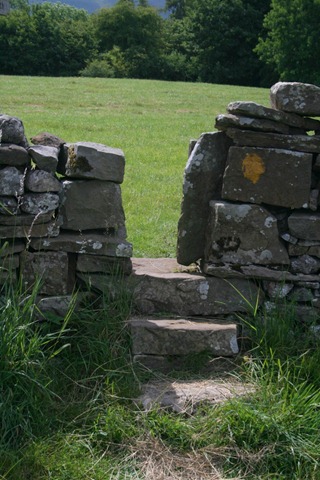
More photos here.


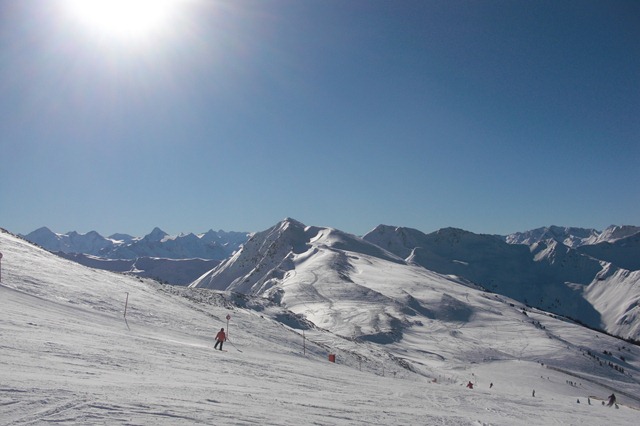
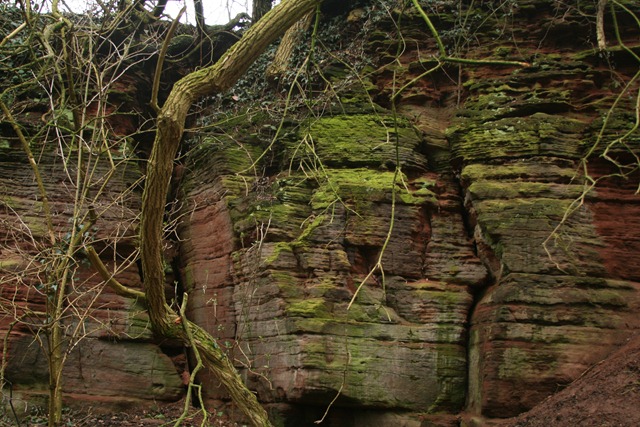


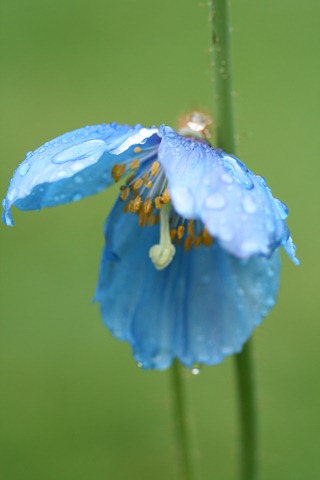




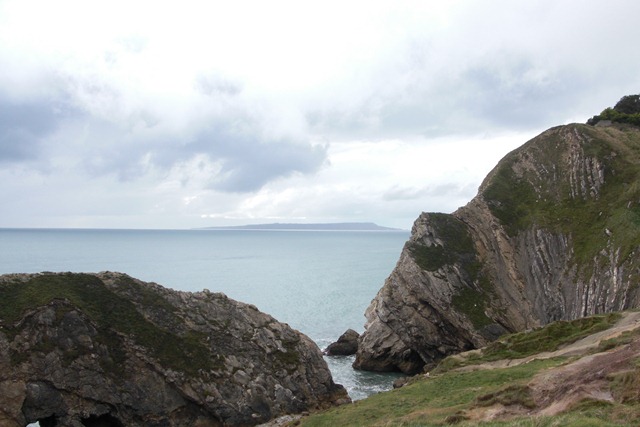

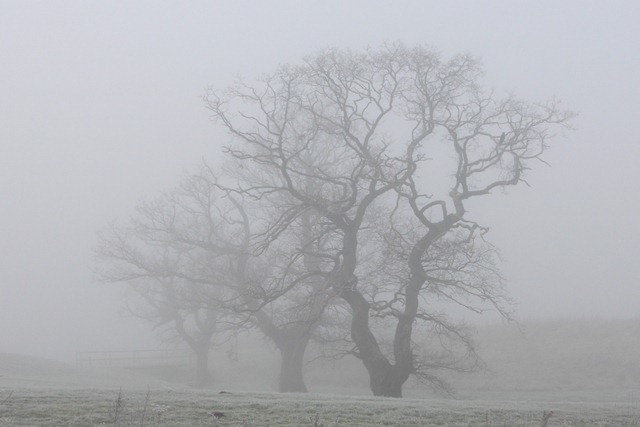


 It
It